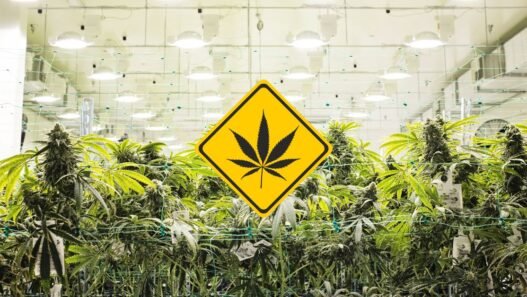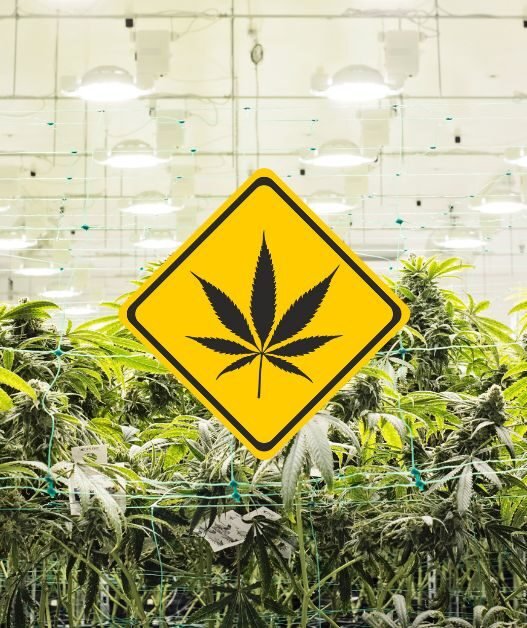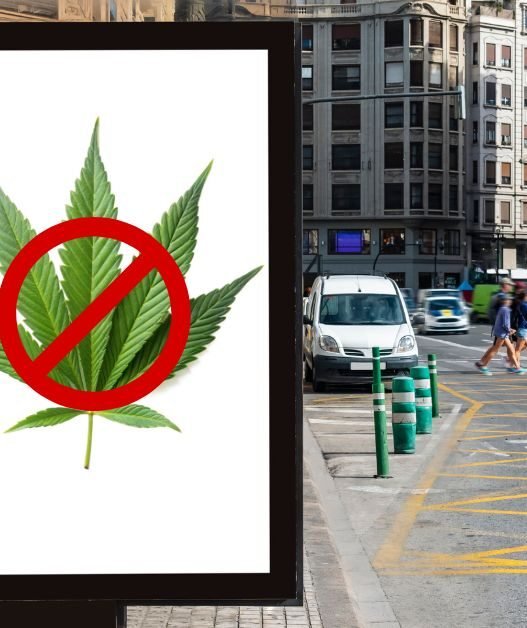The cannabis industry has emerged as a powerful economic force in regions where legalization has taken root. From job creation to tax revenue generation, this rapidly expanding sector is reshaping local economies in ways that extend far beyond dispensary storefronts. Let’s explore the multifaceted economic impacts of the cannabis industry and what it means for communities.
Creating a Job Boom
One of the most significant economic benefits of the cannabis industry is its remarkable job creation potential. As of 2021, the sector supported approximately 430,000 full-time jobs in the United States alone, with projections suggesting this figure could surge to over 1.75 million in the coming years.
What makes these employment opportunities particularly valuable is their diversity. The cannabis industry has created a wide spectrum of positions including:
- Cultivation specialists and master growers
- Laboratory technicians and quality control experts
- Budtenders and retail managers
- Compliance officers and legal consultants
- Marketing specialists and brand developers
- Delivery drivers and logistics coordinators
These jobs span various skill levels and educational backgrounds, providing employment pathways for a broad cross-section of the workforce.
Generating Substantial Tax Revenue
Perhaps the most tangible economic benefit for local governments has been the windfall of tax revenue. In 2021, the United States collected an impressive $3.7 billion in cannabis-related taxes. California alone generated over $1 billion in cannabis tax revenue in 2022.
What’s particularly noteworthy is how these funds are being utilized. Many jurisdictions earmark cannabis tax revenue for:
- Education and school infrastructure
- Public health initiatives and addiction treatment
- Youth development programs
- Infrastructure improvements
- Social equity programs targeting communities disproportionately impacted by prohibition
This strategic reinvestment creates a multiplier effect, extending the economic benefits throughout local communities.
Stimulating Adjacent Business Sectors
The cannabis industry doesn’t operate in isolation. It has created ripple effects that benefit numerous adjacent business sectors:
Cannabis Tourism: In regions like Colorado and California, cannabis-related tourism has become a significant economic driver. Visitors seeking legal cannabis experiences contribute to hotels, restaurants, transportation services, and entertainment venues.
Real Estate: Cultivation facilities, processing centers, and retail locations have revitalized previously vacant commercial properties. In some markets, this has led to increased property values and development activity.
Technology and Innovation: The unique challenges of the cannabis industry have spurred innovation in agriculture technology, inventory management systems, and specialized business solutions.
Reducing Prohibition-Related Costs
Legalization has also led to substantial cost savings for local governments. By reducing or eliminating cannabis prohibition enforcement:
- Law enforcement resources can be redirected to more pressing public safety concerns
- Court systems experience reduced caseloads
- Incarceration costs decrease substantially
These savings represent an indirect economic benefit that complements the direct revenue generated through taxation.
Regional Economic Growth
States that have embraced recreational cannabis legalization have witnessed broader economic growth indicators, including:
- Increases in GDP
- Population growth as workers relocate to cannabis-friendly regions
- Rising housing demand and development
- Greater economic diversification
For example, the Greater Palm Springs region experienced a total economic impact of $55.1 million in 2020 attributed to cannabis-related spending by both residents and visitors.
Persistent Challenges
Despite these economic benefits, the cannabis industry continues to face significant challenges:
- Complex and often contradictory regulatory frameworks
- High operational costs including licensing fees and specialized compliance requirements
- Limited access to traditional banking services in many regions
- Competitive pressure from illicit markets that avoid taxation and regulation
These obstacles can particularly impact small businesses and social equity applicants, potentially limiting the industry’s economic benefits if not properly addressed.
Looking Ahead
As more regions embrace cannabis legalization, the economic impacts are likely to expand further. The most successful markets will be those that balance effective regulation with policies that:
- Promote small business participation
- Address historical inequities through meaningful social equity programs
- Create sustainable tax structures that allow legal businesses to compete with illicit operators
- Support workforce development and industry professionalization
The cannabis industry’s economic potential extends far beyond simple job creation or tax collection. When thoughtfully implemented, cannabis legalization can serve as a comprehensive economic development strategy with benefits that touch virtually every sector of local economies.


















